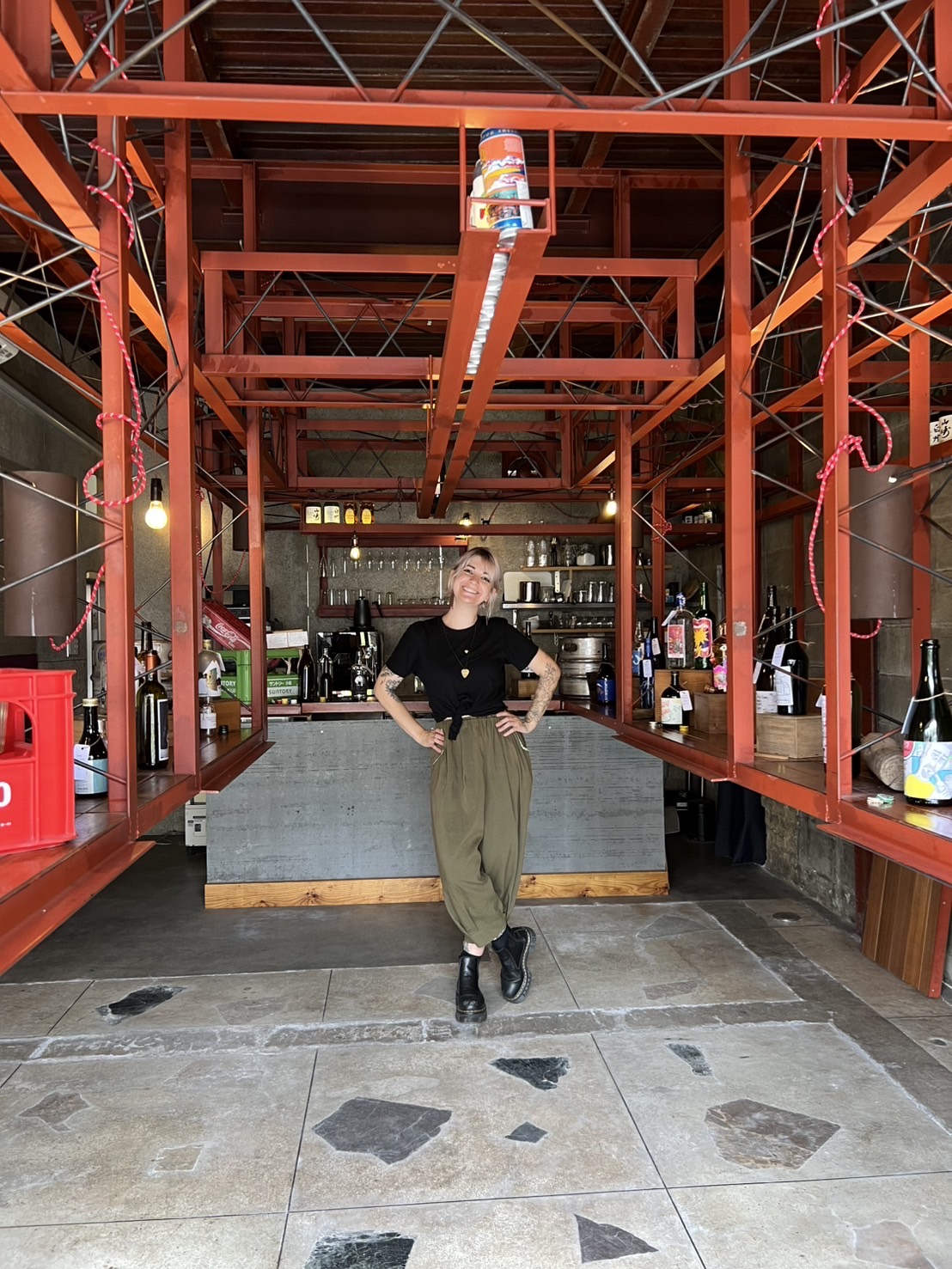Yonago, Tottori Prefecture — Once the bustling commercial capital of the San’in region, Yonago still hums with the quiet heartbeat of its Shōwa-era past — a period in Japan’s 20th century (1926–1989) remembered for its post-war recovery, rapid economic growth, and the now nostalgic streetscapes of family-run cafés, retro shop signs, and covered arcades. Today, its shopping streets still bustle with merchants, shopkeepers, and customers, weaving the city’s present into the fabric of its history. In early summer, morning mist winds through the backstreets as the sea’s cool breath softens the day, settling over the city like a silk scarf laid gently on the shoulders. In this historic commercial hub — where merchants once thrived and memories still cling to the weathered façades — California artist Olivia Obrecht has found a rhythm she can return to: unhurried, unchanging, and quietly generous.
In July, she opened her second exhibition in the city, a quiet gathering of 52 works by 38 artists, all themed around one humble object: the bottle. But these weren’t simply commercial labels. Instead, each was imagined as a tribute—to memory, to shared meals, to the hands that pass things along.
In this lively commercial quarter, her work brought a new spark of creative energy, weaving contemporary artistry into Yonago’s nostalgic streetscape.
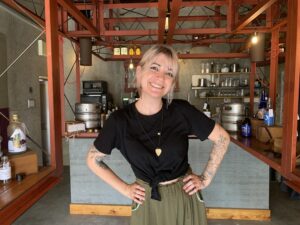
Olivia hails from San Diego, California, born to a Navy neuropsychologist and an English teacher. When her family relocated to Japan, the quiet streets of Yokosuka, where she spent her early childhood, left a lasting impression on her. The sound of temple bells, the scent of the sea, and the distant call of ship horns continue to shape her memories. One day, while visiting a shopping mall in Tokyo, she was invited to take part in a children’s drawing activity. Moved by the picture she created, her parents told her, “You could be an artist.” The words stayed with her, quietly opening the path toward the life she would one day embrace.
Later, she was drawn to the flowing lines of Art Nouveau, the geometry of Art Deco, and the bold clarity of tattoo design—along with quiet influences from Japanese manga, art, architecture, and landscape. Her work, often in monochrome, holds a tension between softness and strength.
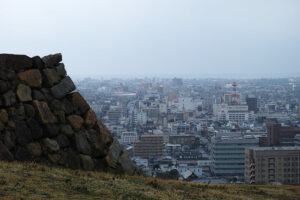
Photo via Creative Commons
These backstreets, untouched by heavy tourism, reveal daily life. Laundry in pale cotton and linen sways in the breeze, catching the soft afternoon light; enamel pails and wooden stools rest quietly by the doorways, in a city once known as the commercial heart of San’in — where the charm of the Shōwa era still lingers — in its faded shop signs, family-run cafés, and weathered arcades.

“There’s a gentle openness here,” she says. “The community in Yonago is close, and people invite you in right away. The city is small enough that you become known, not just seen.”
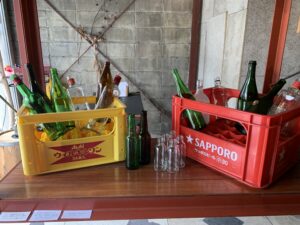
Her Yonago exhibition grew from a CD-cover-themed show in Los Angeles; this time, she wanted something tactile, intimate, and local. Bottles from neighbourhood bars and cafés became her canvas. A spontaneous dinner with doctors from Tottori University Hospital led to her work appearing in the hospital’s gallery. Many of her recent pieces are inspired by Japan’s vibrant natural beauty — from Mount Fuji and Mount Daisen to the curve of a petal or the flicker of an insect’s wing — infusing her monochrome lines with a meditative energy. “I hope people find energy flowing in the figures in my work,” she says, “and discover a space for quiet reflection within themselves.”
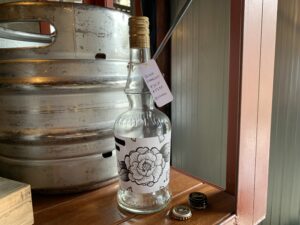
Her next chapter begins in Taipei this September, where she will take part in a month-long artist residency alongside two fellow American artists. Afterwards, she will return to the West Coast—be it San Diego or Los Angeles—where the echoes of Yonago may find new shapes, new lines, and new light. The journey continues, whether sketching in a quiet Taiwanese café or along the Pacific coast, her brushstrokes continue to trace her path—sketchbook in hand.
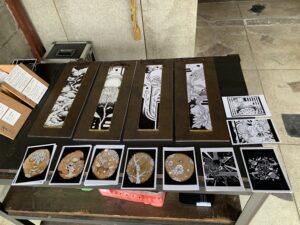
Yonago’s morning mist lingers — not just in the air, but in every line she draws, every shade she catches, as if the city itself were sketching through her hand.
— Words by Takashi Saito; Photo courtesy of Olivia Obrecht

